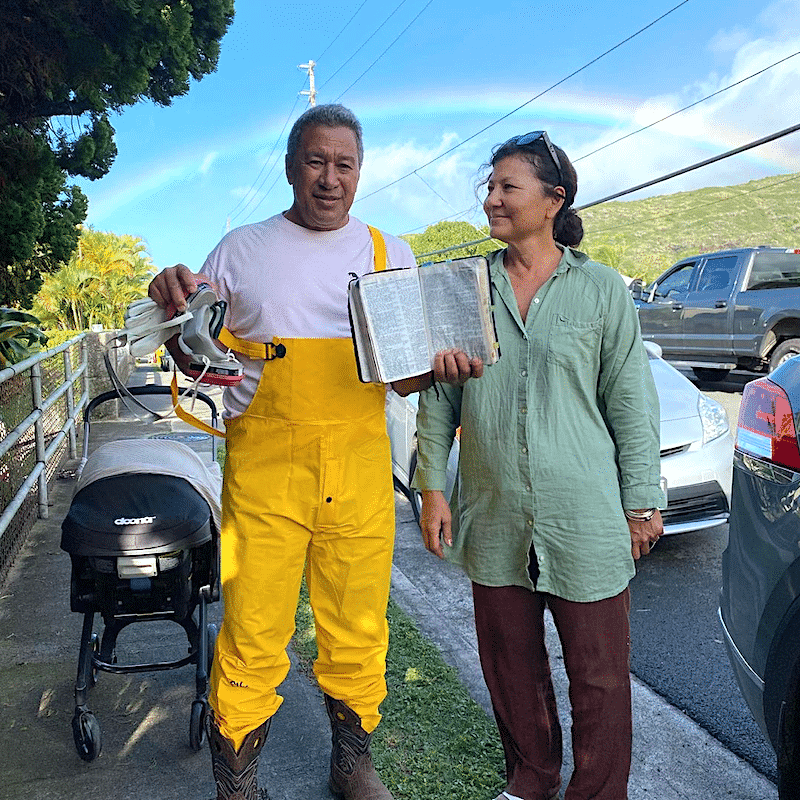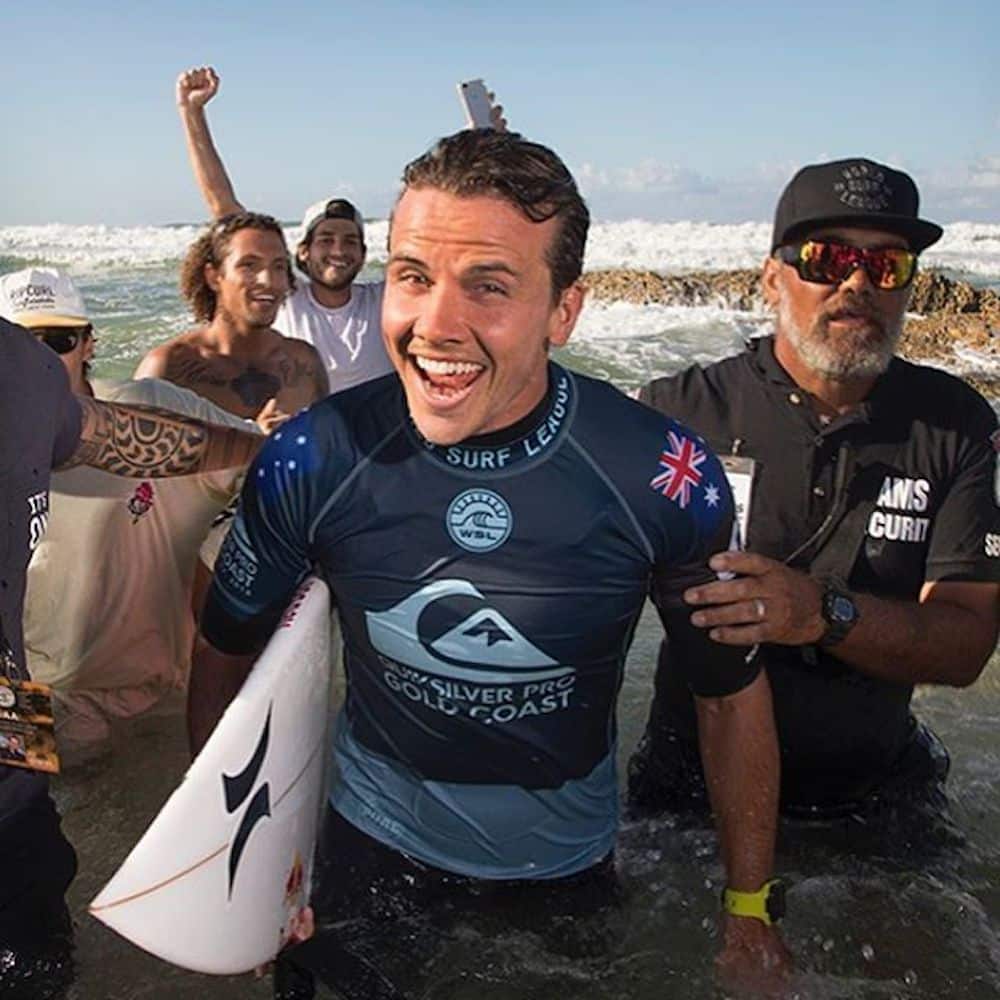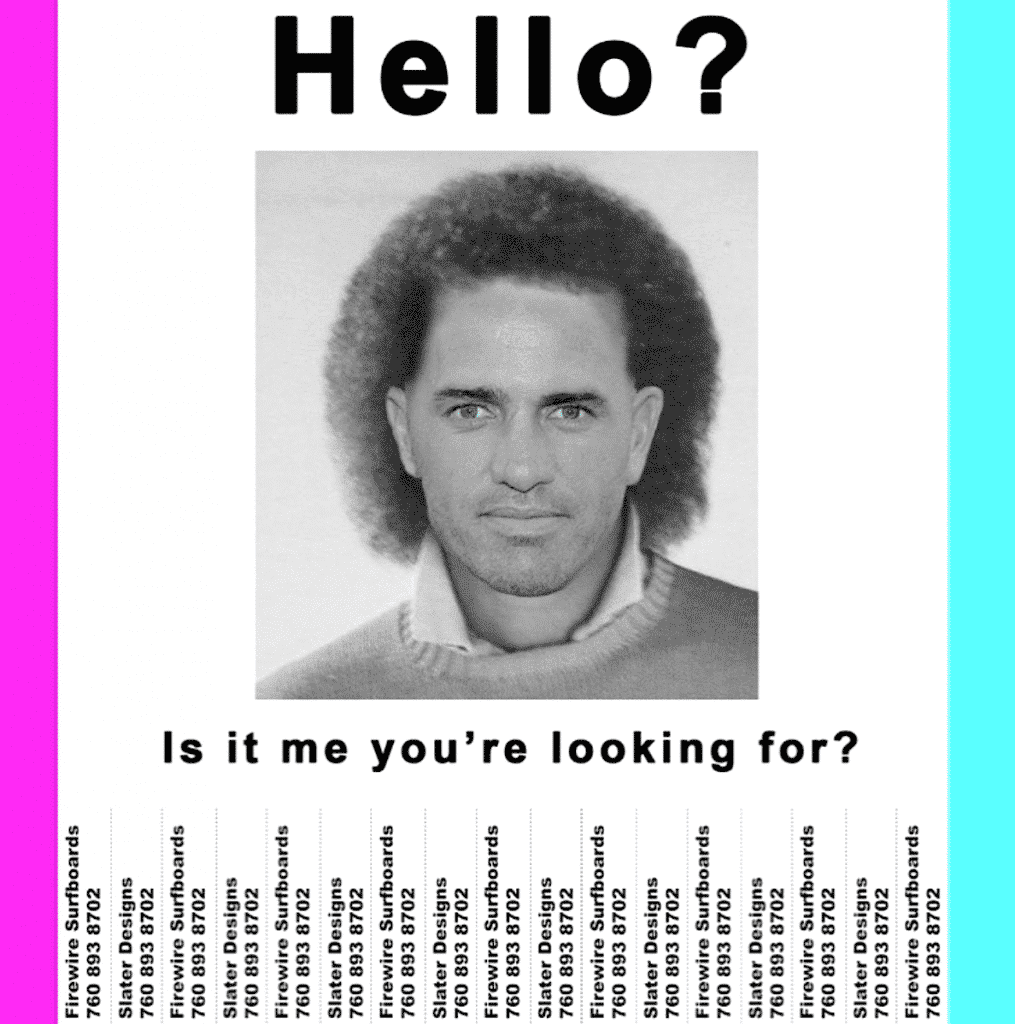"Today we remember a house full of love."
A fire of a yet-to-be-determined cause has destroyed the home of Hawaiian surf legend Tony Moniz, daddy to rookie of the year Seth, Pipe trials winner Josh and longboard world champ Kelia,
Tony and his wife Tammy split the fire with nothing but their lil dog, a Bible and a couple of Tony’s beloved surf trophies from the Duke contest.
“Twenty-four surfers get invited each year,” Tony told Hawaii News Now. “As a young child growing up I always wanted to get into the Duke Classic. Which wasn’t easy to do. It was the world tour to me. That was my goal.”
Ten fire trucks with forty firefighters hit the blaze, which started in the garage, but were unable to save the home.
“Within minutes, it was a towering inferno,” said Tony, a champion boxer, motocross rider and one of Hawaii’s best surfers in the seventies, eighties and nineties.
https://www.instagram.com/p/CMh0vyTn3Hi/
According to Warshaw’s Encylopedia of Surfing, “In the early ’80s, Moniz was one of the first to master the lay-forward stance, which allowed a backside-riding surfer to get nearly as deep inside the tube as a frontsider. In 1982, 1983, and 1984 he was a finalist in the Duke Kahanamoku Classic, held at Sunset Beach. By the mid-’80s, Moniz was concentrating on big surf, and he placed sixth in both the 1999 and 2001 Quiksilver-Aikau events at Waimea Bay.”
Another surfer of note, Derek Hynd, who lost his own home in 2019, wrote, “From unfortunate experience the entire sequence from spark to knowing the worst is coming down can take place in seconds, not even a minute. Tony sits as the toppest Top Bloke that I’ve met in my surfing decades and I hope he and the family emerge without long lasting effects from the trauma. Tragic.”
The house, which is in a real nice part of Honolulu, just east of Diamond Head, was worth around $600k.
There’s a GoFundMe kicking around, hoping to raise 200k to help rebuild the joint.
Already it’s hit sixty, from 459 donors.
https://www.instagram.com/p/CMh9QDTHwF4/
Despite losing everything, Tammy Moniz was characteristically upbeat.
The memories don’t stay with the house,” she said. “The memories stay in my heart and their hearts.”





